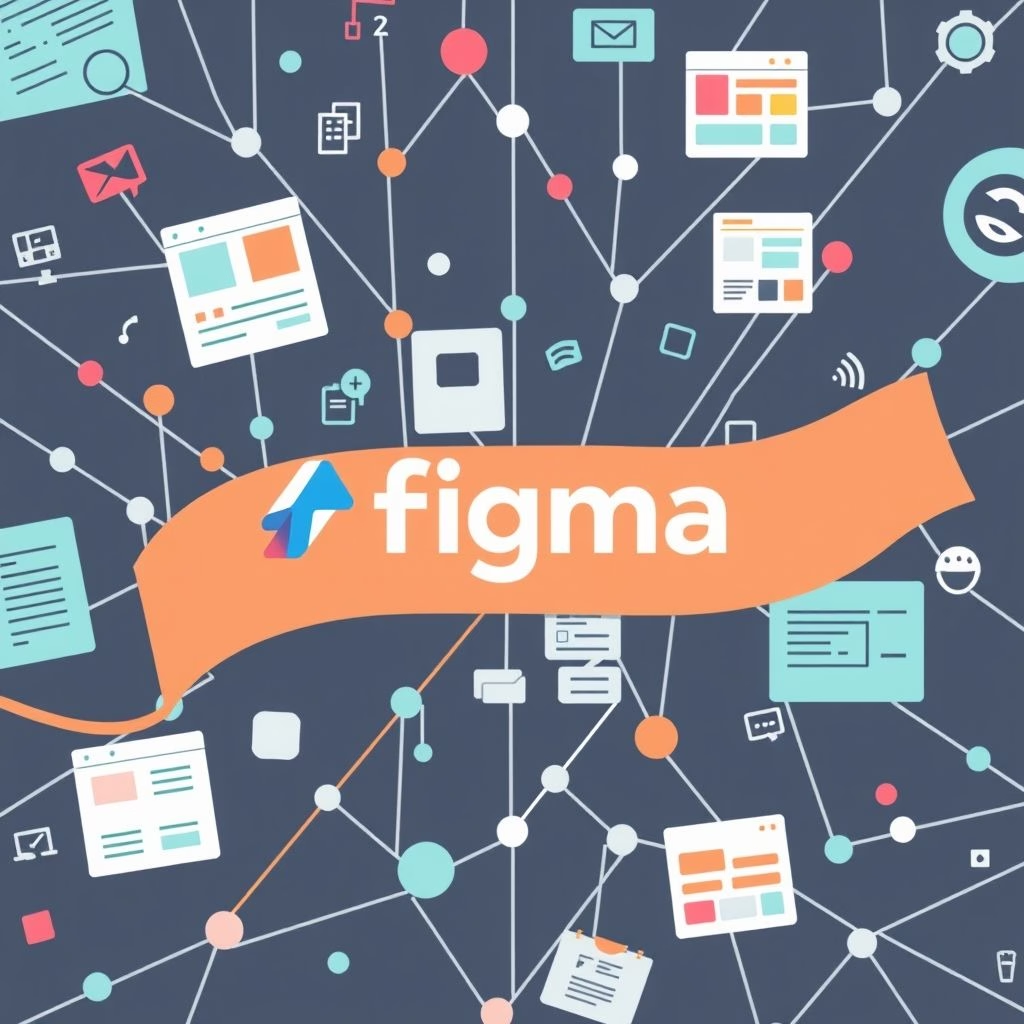Lights Out: Navigating the Unexpected Power Outage

The Sudden Silence: What to Do When the Power Fails
The hum of your refrigerator, the glow of your computer screen, the steady whir of the air conditioner – these are the silent signals of a life powered by electricity. But what happens when that power abruptly vanishes? A power outage can be inconvenient, disruptive, and in certain circumstances, even dangerous. This guide will provide you with essential information to navigate those unexpected moments when the lights go out.
Understanding the Cause: Why Do Power Outages Happen?
Power outages can be caused by a variety of factors, ranging from severe weather events to equipment failures. Strong winds, heavy snow, ice storms, and even lightning strikes can damage power lines and cause widespread blackouts. Similarly, aging infrastructure, overloaded grids during peak demand, and unforeseen equipment malfunctions at substations can also lead to interruptions in service. Knowing the common causes can help you anticipate potential problems and prepare accordingly.
Safety First: Immediate Actions During a Power Outage
Your immediate actions during a power outage should prioritize safety. Here are some critical steps to take:
- Check for Downed Power Lines: Stay far away from any downed power lines and assume they are live. Report them immediately to your utility company.
- Use Flashlights, Not Candles: Flashlights are a safer alternative to candles, which pose a fire hazard. Keep flashlights readily accessible and ensure they are equipped with fresh batteries.
- Unplug Sensitive Electronics: Unplug computers, televisions, and other sensitive electronic devices to protect them from power surges when the electricity is restored.
- Monitor Food and Medications: Discard any perishable food that has been at room temperature for more than two hours. Ensure refrigerated medications remain at appropriate temperatures or consult your doctor if necessary.
Staying Informed: Monitoring Outage Information
During a power outage, staying informed is crucial. Your local utility company is your primary source of information. They typically provide outage maps and estimated restoration times. In New York, for example, you can often find real-time information on outage maps provided by companies such as National Grid and NYSEG. Other resources like usoutage.com can also aggregate outage data, providing broader insights into affected areas.
Preparing for Future Outages: Proactive Measures
Being proactive can significantly reduce the impact of future power outages. Here are some recommended preparedness measures:
- Assemble an Emergency Kit: Your kit should include flashlights, extra batteries, a first-aid kit, a battery-powered or hand-crank radio, non-perishable food, water, and any necessary medications.
- Consider Backup Power Options: Depending on your needs and budget, you might consider investing in a generator or a battery backup system for essential appliances.
- Review Your Insurance Coverage: Ensure your homeowner’s or renter’s insurance covers potential losses from power outages, such as spoiled food.
- Maintain Communication: Keep cell phones and other communication devices charged. Consider having a landline phone as a backup.
Specific Considerations for Different Locations
The impact of a power outage and the best course of action can vary depending on your location. In areas prone to extreme weather events, such as upstate New York during winter storms, or in densely populated areas like New York City, preparedness becomes even more critical. Residents in rural areas might rely on well pumps for water, making backup power for the well a necessity. Businesses, particularly those that rely on refrigeration or have critical IT infrastructure, often invest in more robust backup systems to avoid significant financial losses.
The Role of Utility Companies
Utility companies like National Grid and NYSEG are responsible for restoring power as quickly and safely as possible. They deploy crews to assess damage, repair equipment, and reconnect customers. The speed of restoration depends on the extent of the damage and the availability of resources. During widespread outages, utility companies prioritize critical infrastructure such as hospitals, emergency services, and major roadways.
Staying Calm and Connected
Power outages can be stressful. Remember to stay calm, follow safety guidelines, and keep informed about restoration efforts. By taking the right precautions and staying informed, you can minimize the disruption and ensure the well-being of yourself and your family.
In conclusion, while a power outage can be a challenging experience, preparedness, awareness, and adherence to safety protocols can mitigate its impact. By understanding the potential causes, knowing how to react, and taking proactive steps, you can weather the storm and keep the lights on for a brighter future.




